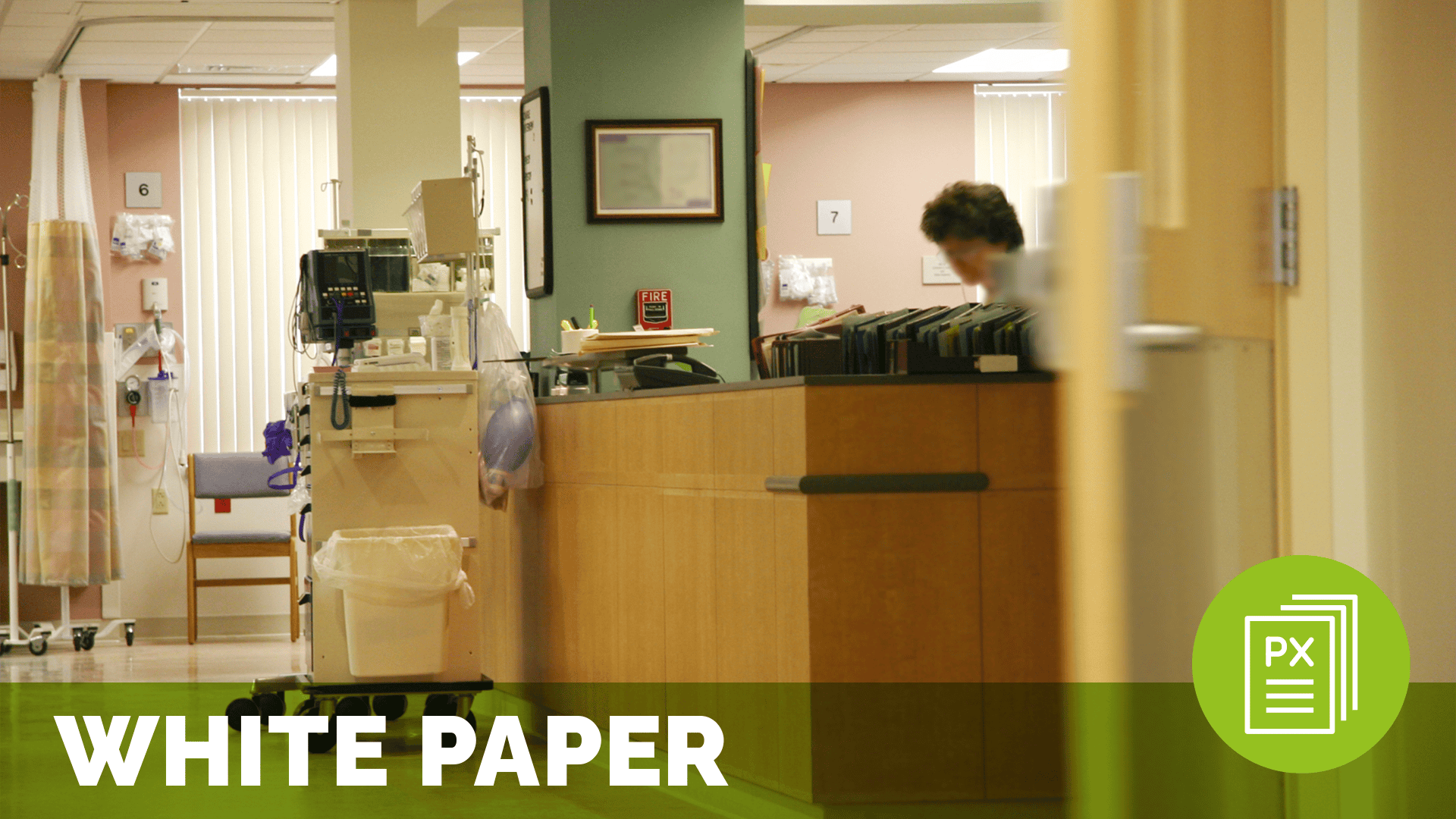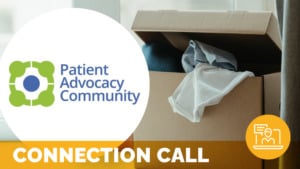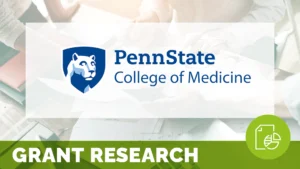Charting a Course to Quiet

The paper shares the findings of The Noise Project, a joint research study between The Beryl Institute and Making Hospitals Quiet. Over 240 responses were gathered from hospitals across the United States with participants answering questions such as: · What processes are hospitals putting in place to address this priority issue? · How are they structuring their efforts? · Where in their facilities are they focusing their attention? · What kind of success are they realizing?” In addition to offering insights on what U.S. hospitals are doing to address the issue of noise and encourage a quiet hospital, the paper shares best practices to address this critical topic as a key component in providing a positive patient experience.
Related content
-
 Environment & Hospitality
Environment & HospitalityBuilding Better Experiences: Partnering with EVS to Enhance Patient Care
By Andrew Cowart-Oberle, PhD, MHA, CPXP and Heather Lazarides, MHA, MS CCC-SLP, CPXP, Director of Patient Experience at BJC Health System Our Patient Experience (PX) team partnered with Environmental Services (EVS) to explore ways to enhance patient experience through their work. These discussions recognized the vital role EVS plays in patient experience, supported by patient
Learn more -
 Environment & Hospitality
Environment & HospitalityLost Belongings Workgroup: June 12, 2024
1pm ET / 12pm CT / 11am MT / 10am PT – The Lost Belongings Workgroup is a meeting space for those interested in conversations and solution generation with patient advocates working to improve lost belongings policies and practices. The Patient Advocate Community has recognized a need for better processes and policies to shepherd personal
Learn more -
 Environment & Hospitality
Environment & HospitalityCan You Provide an Improved Experience for Patients by Creating a More Interactive Exam Room?
A recent study at Penn State College of Medicine examined the impact of interactive educational posters in exam rooms. The study also explored incorporating QR codes into these posters to disseminate information, offering a modern alternative to traditional pamphlets. This approach not only enhanced patient engagement but also provides valuable insights for future research and
Learn more
